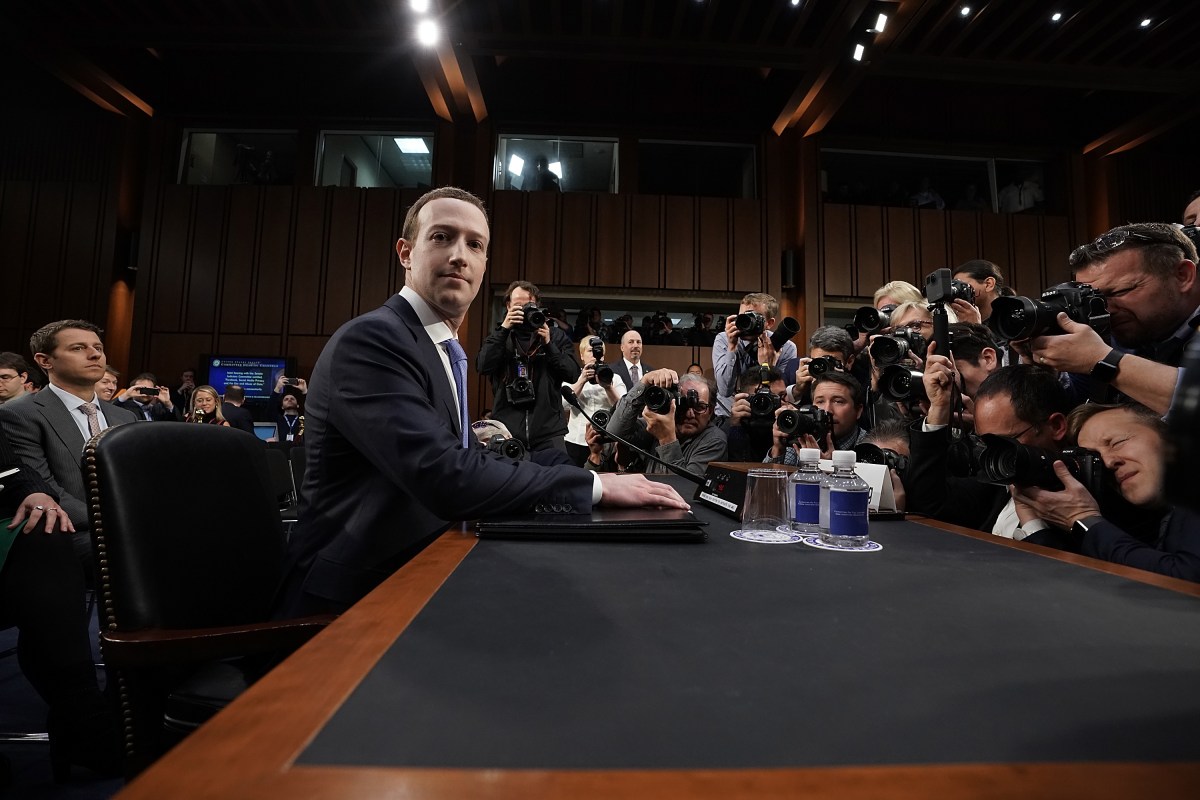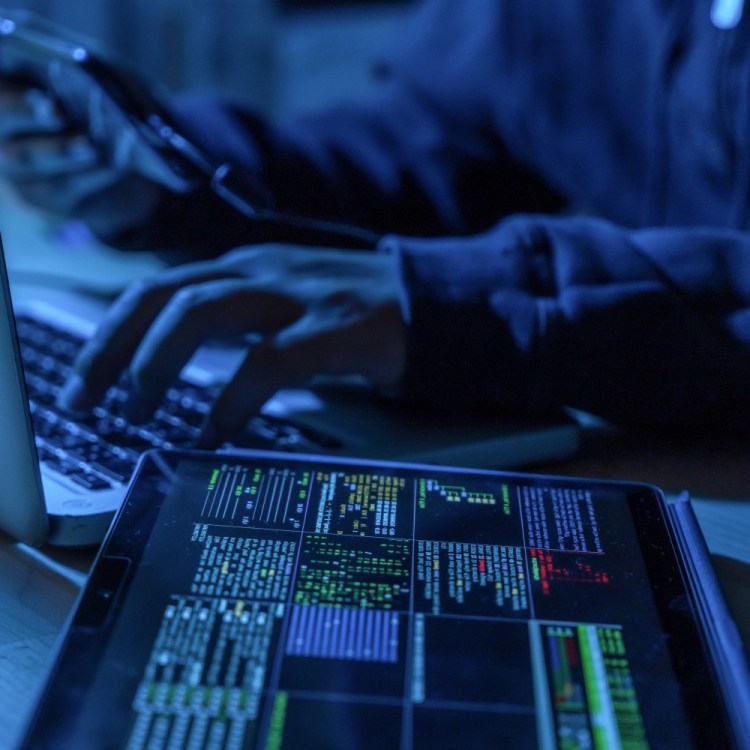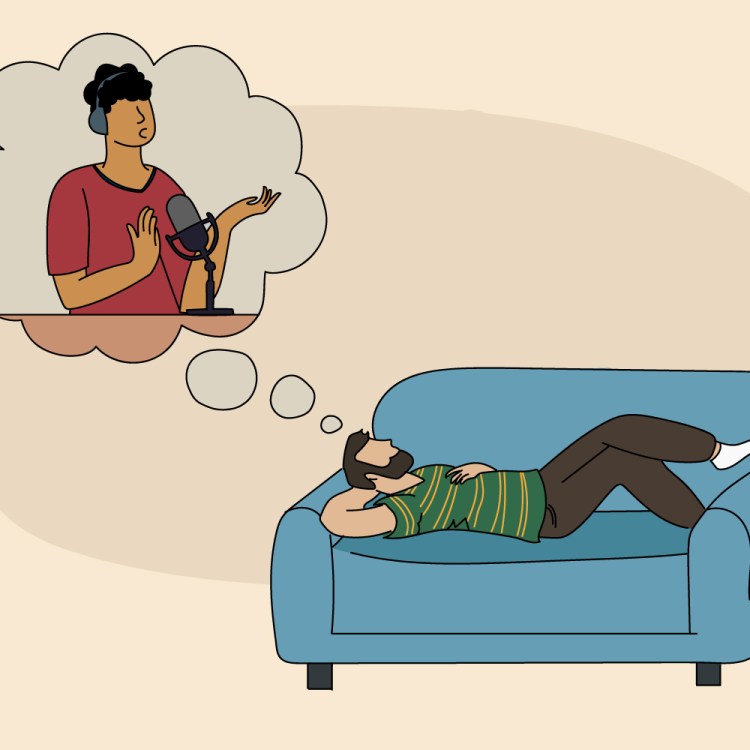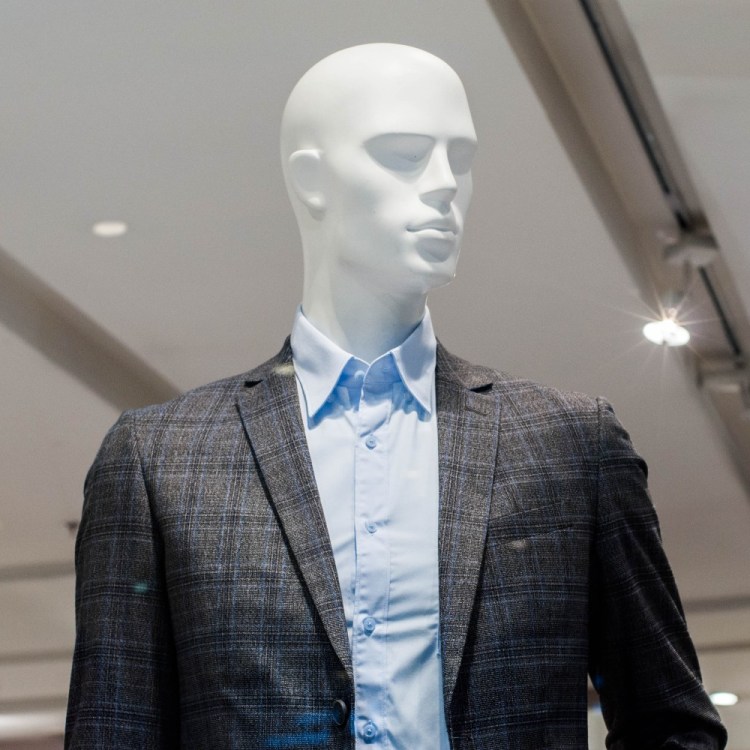Whenever America’s top national security officials testify before Congress about Russia’s widespread disinformation and influence campaign that targeted voters ahead of the 2016 election, they usually include a stark warning: They’ll be back.
And while the U.S. government is racing to leverage its considerable resources to combat this growing threat — especially before this year’s mid-term congressional elections — an essay recently published by the CIA looks to another defender of U.S. democracy: the average citizen.
“The bad news” is that all the tools used to trick and influence American voters in 2016 will only get better and easier to use, reads the essay by Preston Golson, the chief of communications for the CIA’s Directorate of Digital Innovation, and former CIA officer Matthew Ferraro.
“The good news is that critical thinking is a skill that can be taught like any other. And we know how,” the essay says. “U.S. intelligence agencies have been teaching analytical literacy successfully for decades to young officers charged with understanding global threats. Now, the front lines in this war against disinformation extend to the phones of all Americans.
“The skills that were once the province of a select few must become the ingrained habits of the many,” it says.
The essay argues that this critical skill should be taught to everyday citizens, but stops short of doing so itself because “the impact of this initiative may be even greater if it were led by a nonpartisan NGO unaffiliated with the government,” perhaps in the model of an online course taught by a former intelligence analyst.
Not one to abide by such teases, RealClearLife sought out a veteran former CIA analyst, Cindy Otis, to go ahead and reveal the rules she learned for sorting the truth from fiction in today’s digital world based on the decade of experience she had doing it at the Agency. (These rules apply directly to reading media reports, but a vigilant consumer of news would treat his or her social media feeds the same way.) They are as follows:
Know Thyself
Before you even pick up a newspaper or look at a screen, look in the mirror.
“We all read the news under a certain lens based on things like our background, education, life experiences and predetermined viewpoints,” Otis said. “That means we are more likely to agree with judgments [or] analysis that fits our own worldview more easily than something that challenges it.”
It’s here were a news consumer has to watch out for “confirmation bias” — reading or watching only the sources of news that you already agree with.
“Intelligence analysts receive training throughout their entire careers to be able to identify and counter their personal biases to ensure that the information they give policymakers is unbiased and as accurate as possible,” Otis said.
Look for the biases in your own thinking and then, when you read or watch the news, be aware of them and how they might be affecting your thought process.
Know the Outlet Doing the Reporting
The first step in assessing the credibility of a news report is looking at who’s putting it out there — a task that’s become monumentally harder since the explosion of online media outlets.
“In the age of digital media, new sources of information pop up every day; it’s important to understand the source of the information. This is more than just understanding if the news source is politically left-leaning or right-leaning. Analysts look at whether or not the organization putting out the information has a political goal or if it is a traditional news source,” Otis said.
Otis said analysts will often look at who owns the outlet, whether it’s the state or private interests. If it’s private, do those individuals or groups have overt political leanings? “The answers to each question determines the level of credibility the news has,” Otis said.
It’s also important to find out, if you can, how the media outlet works. For instance, if reporters for the outlet are known to have a quota of articles to reach each week, or if the outlet depends heavily on freelancers as opposed to full-time staff reporters and editors, there’s a chance the quality of the work could suffer.
Know the Journalist Doing the Reporting
On a related point, Otis said readers should take some time to learn a bit about the author or commentator giving them the news and whether they have a background in the topic area.
“Like intelligence analysts, journalists who specialize in particular kinds of reporting, such as national security reporting, are the more credible voices on those topics than generalists,” Otis said. “Even people who specialize in particular areas have their limits, though. Being a national security expert usually doesn’t mean you can speak as authoritatively on military issues as you can about a particular region of the world.”
Don’t Blindly Trust Sources, Assess Them
Diving into the meat of the story itself, readers should pay particular attention to the sources cited and how their background is relevant to the subject at hand.
“Intelligence analysts are careful to explain upon what they are basing their analysis, and that includes explaining the credibility of their sources,” Otis said. “If a piece is on the government, are [the journalists] citing people who worked in government 20 years ago or people who are there with first-hand experience now? Similarly, are they citing a diverse range of experiences and backgrounds, or quoting [or] citing a people who only agree with each other [or] confirm the assessment [or] the event in question?”
If the sources for the story are anonymous, see rules 2 and 3.
Slow Down, You Might Discover Non-Stories
In the lightning-fast 24-hour news cycle, it’s easy to see blockbuster news reports coming one after the other. The problem is that it can leave little time for the news organization and others, much less the average citizen, to examine any one thing for very long.
Otis says it’s still important to consciously slow down and take the time to do some research.
“The ‘breaking news’ cycle often leads readers to believe whatever is happening is happening for the very first time. Some media outlets often leave out important context surrounding events because if it looks like something has happened before or the context would suggest the event is really not that important, it blunts the potential impact of the story,” she said.
Otis said it’s important to acknowledge that “we live in the age of sensationalized news.”
“The goal for many news outlets in the age of declining readership is to gain readers,” she said. “That often results in click-bait headlines and stories that sensationalize events. Don’t take what you’re reading as fact, even if it’s from your favorite commentator [or] author.”
Seriously, Slow Down and Don’t Be Part of the Problem
“It’s more important than ever before to make sure you’re not part of the disinformation problem,” Otis said.
That means taking a breath before clicking “retweet” on Twitter or “share” on Facebook and running through the above steps.
“Resist the impulse to retweet now based off a headline and read later (or maybe not at all),” Otis said. “If there’s something you don’t know, take the time to do the research.”
Will all these rules totally immunize you from fake news? Of course not.
In their essay, Golson and Ferraro say intelligence analysis has come up short before, notably related to the “faulty judgments” by some about Iraq’s weapons of mass destruction in 2003.
In the 15 years since that colossal misstep, the pair says the intelligence community has “recommitted itself to living its values: to fight groupthink, question assumptions, and ensure the credibility of evidence before making conclusions.”
You don’t have to be sitting in a cubicle at CIA headquarters in Langley to do that.
This article was featured in the InsideHook newsletter. Sign up now.
























